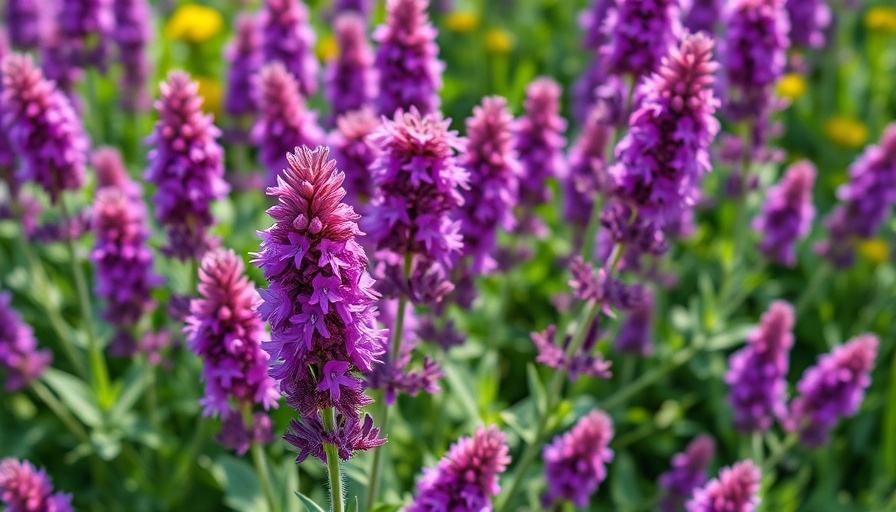
Why Agastache is a Must-Have for Your Flower Garden
If you’re looking for a versatile, beautiful, and beneficial addition to your garden, look no further than Agastache spp. Better known as hyssop, this flower not only adds a vibrant splash of color but also attracts pollinators like bees and butterflies, all while being low-maintenance. Its unique traits allow it to thrive in a variety of conditions, making it an excellent choice for gardeners across different climates. In fact, these plants can flourish in zones 4 through 10, showcasing their adaptability in both home gardens and landscaped yards.
Explore the 19 Best Varieties of Agastache
Agastache comes in many varieties, each with its unique traits that cater to various gardening needs. Here’s a closer look at 19 options that can elevate your flower garden:
- Anise Hyssop - Known for its aromatic qualities and licorice flavor, this native perennial can grow up to four feet tall and thrives in zones 3 to 8.
- Arizona Sun - A compact hybrid that combines sunny yellow hues with a petite stature of about 10 inches, perfect for small spaces.
- Blue Boa - Boasts stunning blue flowers that last throughout the summer, excellent for attracting pollinators.
- Hummingbird Mint - As the name implies, this variety is a favorite among hummingbirds and offers fragrant blooms.
- Kudos Series - A collection that includes several color variants such as Kudos Mandarin and Kudos Silver Blue for varied aesthetics in your garden.
- Mountain Hyssop - This drought-resistant species thrives in rocky soil, making it an ideal choice for dry landscaping.
- Purple Haze - The vibrant purple flowers make this plant an ornamental sensation that stands out among garden beds.
- Rosie Posie - Known for its lovely pink hues, it's sure to charm any passerby.
- Threadleaf - This delicate variety features finely cut foliage that adds a textural element to flower beds.
Whether you’re looking to create a thematic garden for relaxation or an edible landscape that combines beauty with utility, Agastache fits the bill.
Planting and Caring for Agastache
Agastache plants are not only beautiful; they are also relatively easy to cultivate. Preferably, they grow in well-drained soil and full sun. For a flourishing garden, ensure proper spacing as these plants can spread. Regular watering, especially during their initial growth phases, will help them establish robust root systems. Consider planting them alongside other species that share similar care requirements for a harmonious garden.
Design Inspirations: Create a Pollinator Paradise
Integrate Agastache into your flower garden strategically to enhance your design and attract beneficial wildlife. Grouping them with native grasses and perennial flowers will create a lively landscape that draws bees, butterflies, and hummingbirds—all crucial for pollination. Vertical gardening techniques can also help; planting them in raised beds or hanging containers increases their visibility and improves ease of maintenance.
Concluding Thoughts: Enhancing Your Garden Experience
Incorporating Agastache not only beautifies your surroundings but also fosters a healthier ecosystem in your garden. Their role in attracting and supporting pollinators is more critical than ever, as these species face various threats. Consider these delightful plants as you plan your summer gardening projects, ensuring that your outdoor space is vibrant, aromatic, and alive with activity.
 Add Row
Add Row  Add
Add 




Write A Comment